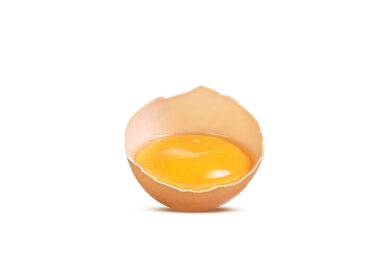Update Thailand corn production and trade
Estimated corn production in Thailand is revised downward due to continued area reduction. Corn imports should increase slightly as a result of the recovery in domestic feed demand, which will also limit exportable supplies.
According to the US Foreign Agricultural Service (FAS) this season’s 2007/08
corn production in Thailand is expected to increase slightly to 3.85 million
tons, down one percent from the previous forecast, due to a reduction in planted
areas. The area expansion in the north was offset by a continued contraction of
planted areas in the northeast and central, which accounts for around 40% of
total planted areas.
Despite a 7-8 baht/kg increase in corn farmgate
prices, which have reached a record high of $212 per metric tonne (MT),
cultivated areas declined as returns from alternative crop, cassava in
particular, remain relatively higher than those from corn. However, average
yield of corn in MY 2007/08 will likely be higher than the previous year due to
favourable rainfall.
Continued increase in corn imports
Thai
corn imports will continue to increase significantly, particularly from Laos
under the Joint Economic Cooperation Strategy Program, which is an economic
cooperation agreement between Burma, Laos, Cambodia, Vietnam, and Thailand.
Imports of corn from these countries enjoy duty-free privilege. Also,
many Thai corn traders reportedly had contract farming of around 48,000 hectare
in Laos in MY2006/07. Planted areas are expected to increase significantly in MY
2007/08. Laotian corn is normally imported into Thailand between October –
March.
In MY 2006/07 corn imports from Laos is estimated at around
350,000 – 400,000 tons. Around 60-70% of imported corn from Laos is distributed
locally to domestic medium and small-scale feed mills. The rest goes for
re-export, particularly to Vietnam and Indonesia.
Corn exports to
decline
MY 2007/08 corn exports are expected to decline from the previous
year as domestic demand for feed, particularly in poultry, is anticipated to
increase. Poultry production, representing around half of total feed corn
consumption, will likely reach 18-20 million birds per week due to current
stronger than expected export demand for cooked chicken meat.
In
addition, corn export prices are expected to be less attractive than domestic,
as export prices are expected to remain flat as world exportable supplies remain
at the previous year’s level.











